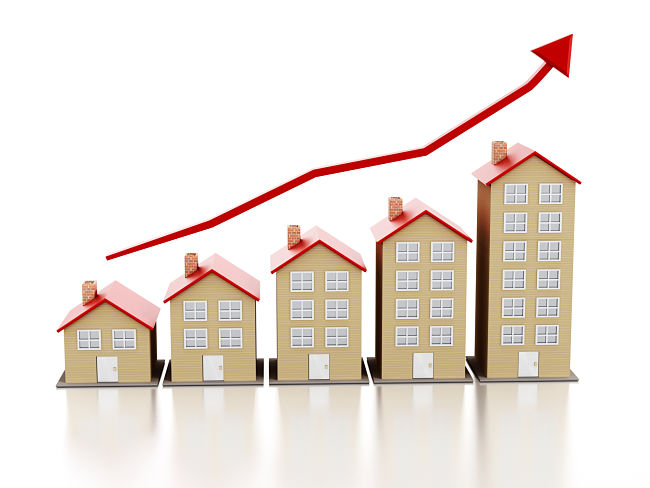America’s home prices continued to rise, driven by solid sales and a dwindling supply of single family homes.
Standard & Poor’s – CoreLogic – Case-Shiller released their 20 city home price index on Tuesday showing a 5.1% increase in June vs the same period twelve months ago. Although solid gains, that number is slightly lower than the 5.3% annual rise in May.
Prices of homes are still rising in the Northwest parts of the country while some slowing has been observed in other areas of the country. Cities in the Northeast such as New York, Washington DC and Boston are rising approximately at the current rate of inflation.
Nonetheless, home prices nationwide are increasing faster than incomes as home purchasers struggle to compete for the shrinking supply of homes. This points to the ongoing imbalance in the housing market which could slow in the last quarter of the year.
Ralph McLauglin, chief economist at Trulia said:
“June represents the fifth straight month of flat or decreasing year-over-year price gains, but homebuyers are still being challenged as prices outpace income growth,”
Prices of single family homes in the Northwest of the country continued to climb at amazing rates with Portland home prices increasing 12.6%, Seattle at 11% and Denver at 9.2%. These three cities represent the largest increases in home prices in the last 5 months.
Home prices in the Midwest were mixed with Clevland and Chicago rising only 2.5% and 3.3% respectively with Minneapolis having strong gains at 5.1%.
Cities in the South continued to see strong increases in home prices with Dallas area (including Fort Worth and Granbury homes) seeing an 8.9% gain, Tampa at 7.9% and Atlanta at 5.8%. NOLA homes have increased 3.2% which shows a slight slowing.
The index, which looks at 20 cities nationwide, dropped substantially, losing one third of its total value, after the housing bubble in 2006. Home prices started to rise again in 2012, continuing to 8.1% in June.
These pricing statistics suggests homeowners who purchased their home near the peak of the real estate market still have very little equity or could possibly be in a negative equity position on their mortgages. If purchased during the peak of the real estate market, these homes are hard to sell on the open market.
With the inventory of homes falling 5.8% since last year, potential home buyers have fewer homes to choose from.
The continuing of historically low mortgage rates make the purchasing of a new home more affordable. According to Freddie Mac, the average rate on the standard 30 year fixed mortgage was just 3.43%, which is extremely close to the record low.
